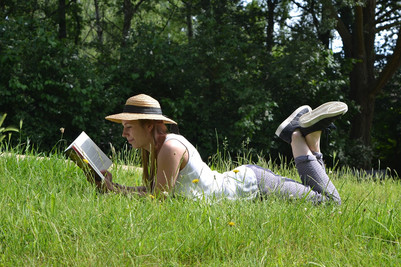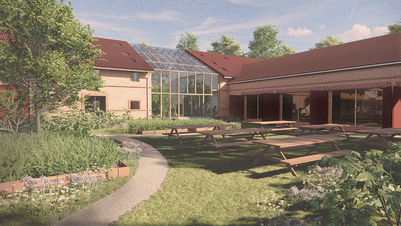
CFP | Architecture and Culture Special Issue Editors

Spaces of Welfare
Since the 1970s, reforms to social welfare provisions have entailed the simultaneous dismantling, diminishing and dissolution of some types of welfare spaces and the development, expansion and concentration of others. The social, political, economic, legal and cultural consequences of this restructuring are discussed largely from the perspectives of sociology and the political and economic sciences. However, another field of research is emerging that addresses the spatial aspects of social welfare provisions and the relationships between architecture, welfare and processes of spatial, material and cultural transformation
This special issue of Architecture and Culture entitled ‘Spaces of Welfare’ is intended to contribute to the growing area of study by focusing on the spatial implications and dynamics of the transformations of social welfare provisions since the 1970s through the perspectives of anthropology, architecture, urbanism, geography, art history and other related disciplines. Social welfare provisions are closely connected to their spatial conditions; they affect and are affected by the buildings and urban settings that house them, and the experiences of negotiating these places. When social welfare provisions are spatially consolidated, suddenly restructured in new ways or decentralized, these changes in architectural and urban disposition fundamentally impact routines of daily life. How do we identify, analyse, explain and discuss such changes and their consequences?
We invite contributions that critically explore the role of spatial change in people’s everyday lives and the implications this has for architecture, urbanism and planning. Our aim is to develop theoretical framings and understandings of the key spatial conditions of spaces of welfare and their transformations, in order to suggest directions for further research in the field, and to bring such discussions into architectural/urban and anthropological education, into public debate, and into the formation of policies. Our hope is that these understandings will supplement and perhaps even challenge those of the functions, performances and materialities of welfare spaces as framed by sociology and by the political and economic sciences.
Contributions might address, but are not limited to, the following themes:
- The architectures of welfare
- Transformations of welfare spaces
- Welfare, planning and urban transformation
- Welfare space and everyday life
- Experiences/perceptions of welfare spaces and their transformations
- Welfare spaces in discourse, media and representations
- Welfare space actors – public, private and communities
Manuscript deadline 31 May 2021















